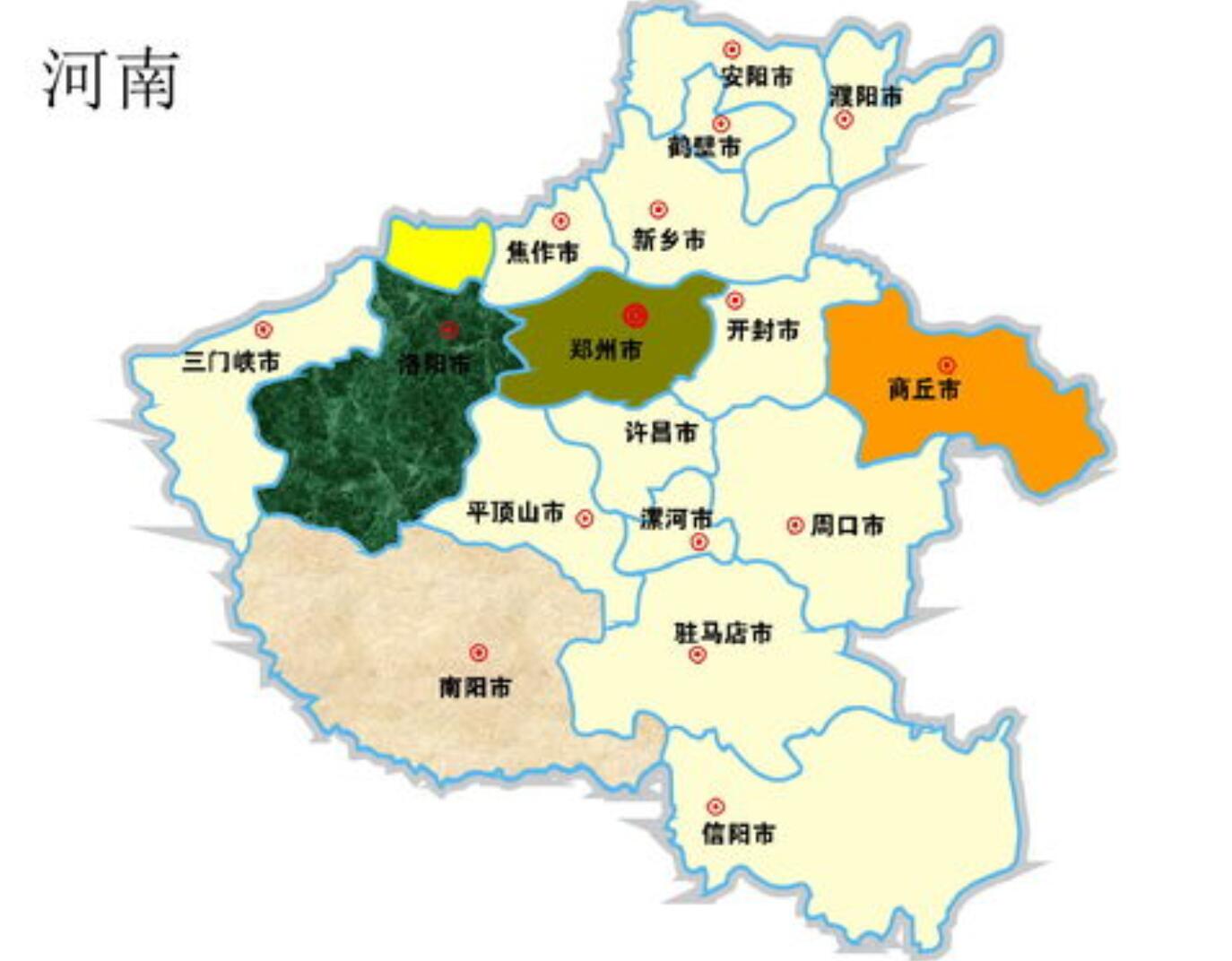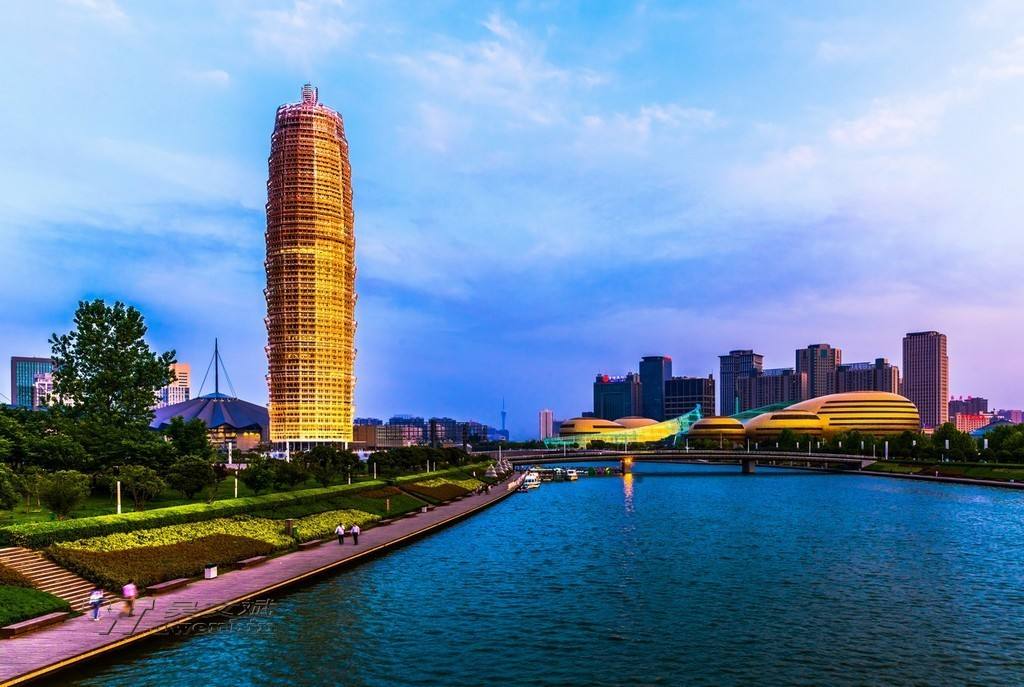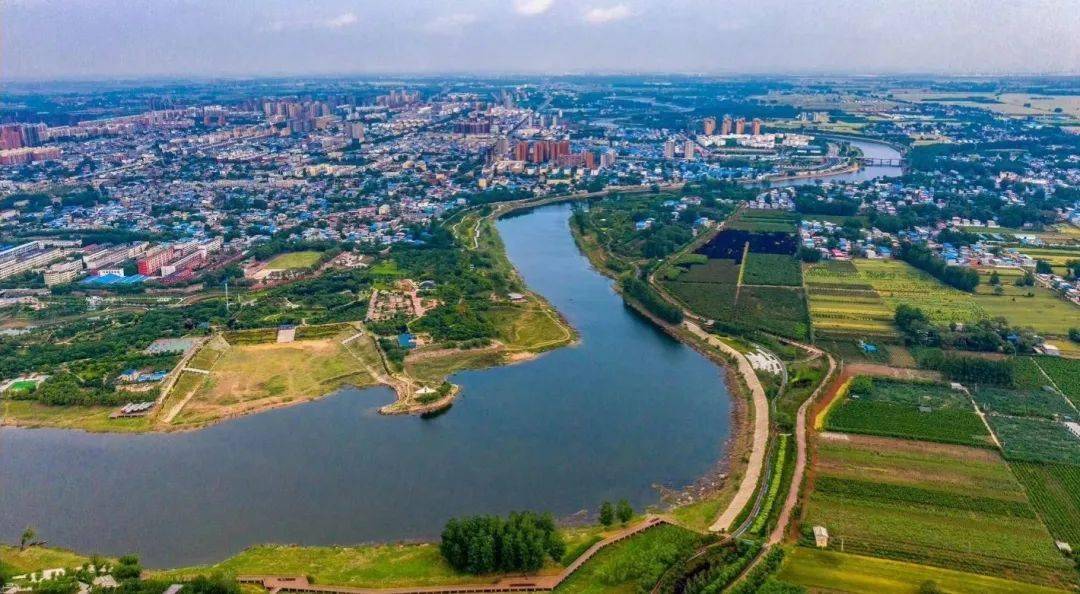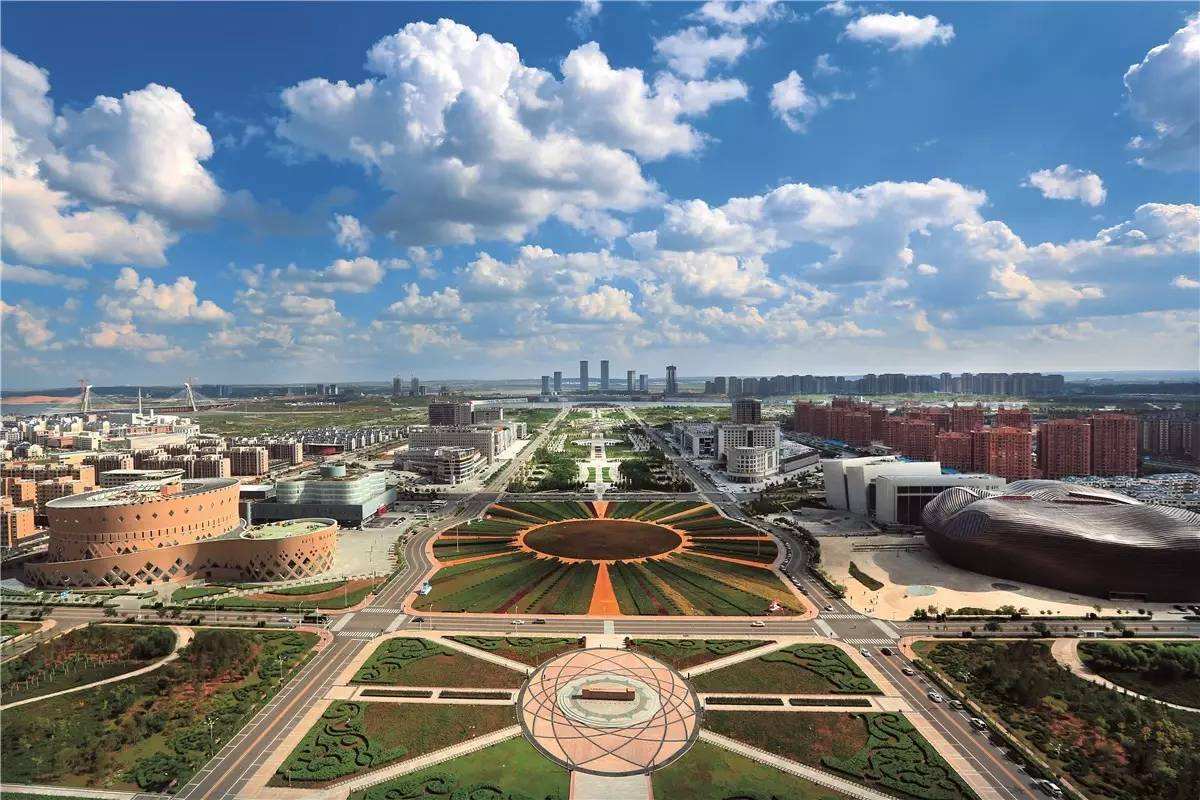How many prefecture-level cities are there in Henan, and who is the first prefecture-level city in Henan?
Henan is located in the middle of my country and is famous for its large population. The province has a total of 17 prefecture-level cities and 1 provincial-level city.

In terms of GDP and city size, of course, Zhengzhou ranks first; if you want to discuss the territory area, it is Nanyang.
In fact, Henan has gone through decades of zoning changes to form the scale of today's 17 prefecture-level cities.
A brief review of the zoning changes in Henan from 1949 to the present
1. After the founding of New China in 1949, Henan probably had several special zones such as Zhengzhou, Chenliu, Shangqiu, Huaiyang, Xuchang, Luoyang, Shaanxi, Nanyang, Xinyang, Huangchuan, etc.
Looking at it now, many of the names here are relatively unfamiliar.
First of all, Zhengzhou was divided into Zhengzhou Special District and Zhengzhou City at that time; Chen Liu was about Kaifeng now, and Kaifeng City also existed at that time.
However, Kaifeng City at that time was not the same concept as the current prefecture-level Kaifeng City, it was only equivalent to the urban part of Kaifeng City now.
2. In the 1960s and 1970s, the changes in the administrative regions of Henan were very complicated, and great changes occurred in the early days of the founding of the People's Republic of China.
Chen Liu and Zhengzhou Special Areas were withdrawn and merged into Kaifeng Special Areas. Shaanxi Special Area was merged into Luoyang Special Area, Huangchuan Special Area was withdrawn and merged into Xinyang Special Area, and Huaiyang Special Area was renamed Zhoukou Special Area.
3. In the 1980s and 1990s, it was the last period for the formation of the existing prefectures and municipal districts in Henan. Basically, in the early 1990s, the current political district structure in Henan has been basically formed.
In the original special area of Henan, large areas abound, such as Kaifeng, Luoyang, Nanyang, etc. There are more than ten counties and cities under its jurisdiction. After the establishment of prefecture-level Nanyang City, there are still many counties and cities under its jurisdiction.
Which area is the most powerful, I am afraid that it belongs to the Xuchang area.

Xuchang Special Zone is not the same concept as the current Xuchang City.
In 1949, the Xuchang Special Area was officially established. At this time, it had jurisdiction over 15 counties and was stationed in Xuchang City (now Weidu District). The Xuchang Special Area during this period did not seem too big, and it was relatively modest in several special areas in Henan.
In 1953, the scope of Xuchang Special Zone was expanded for the first time, and this expansion was very interesting. Zhoukou City and 3 nearby counties were included in Xuchang Special Zone, and the number of county-level political districts was expanded to 19.
The interesting thing is that Zhoukou is now a large-scale prefecture-level city. But at that time, this was not the case. The ownership of Zhoukou City at the county level often changes. For example, Shangqiu and Huaiyang were once escrow.
Zhoukou was placed in Xuchang again, and the changes in the political district at that time were indeed somewhat incomprehensible.
In 1958, the Xuchang Special Zone was expanded again, and Pingdingshan City, which was directly managed by the province, was included in the Xuchang Special Zone. At this time, the Xuchang Special Zone, the counties and cities under its jurisdiction, the regional area, and the population of the jurisdiction all reached their peak.
After Xuchang District reached its peak, it has undergone 4 large-scale splits
However, it didn't take long for the Xuchang Special District to begin the career of splitting. Why are some special districts split, because with the economic recovery and population growth, the area of the administrative district is too large and inconvenient to manage.

1. The first split
In 1964, Pingdingshan City was upgraded to Pingdingshan Special Zone and separated from Xuchang. This is obviously to develop Pingdingshan's coal industry.
2. The second split
In May 1965, Fugou, Xihua, Shangshui 3 counties delineated. As mentioned above, these three counties were assigned from Luoyang to Xuchang Special Area together with Zhoukou City in 1953.
However, in 1965, Zhoukou Special Zone was established, so Zhoukou City divided these three counties from Xuchang at the same time.
In 1970, the Xuchang area was established, with jurisdiction over 2 cities (Xuchang City, Luohe City) and 12 counties.
3. The third split
In 1983, Lushan, Baofeng and Ye counties were included in Pingdingshan City.
The first prefecture-level city to be split from the Xuchang area was Pingdingshan. Many people will ask, does Zhoukou count as being split from Xuchang?
In fact, strictly speaking, it does not count. Zhoukou was formerly known as Huaiyang Special Zone, which was established at the same time as Xuchang Special Zone. However, changes in Huaiyang Special Zone are more frequent, and I will write an article in detail in the future.
4. The fourth split
In 1986, Xuchang was set up as a city, and prefecture-level Xuchang City was established normally. At the same time, Luohe, Wuyang, Linying and Niancheng were precipitated to form prefecture-level Luohe City.

Xiangcheng County, precipitated from Xuchang, belongs to Pingdingshan City.
This split formed two prefecture-level cities, namely prefecture-level Xuchang City and prefecture-level Luohe City.
Therefore, after 4 splits and 4 adjustments, 3 prefecture-level cities were split from the Xuchang area, which is rare in the Henan area.
One county between Xuchang and Pingdingshan, two prefecture-level cities fought for 11 years
However, in 1997, Xiangcheng County was miraculously assigned to Xuchang City from Pingdingshan. You must know that in the 1980s, it was the peak period for the merger of prefectures and cities across the country, and since then, changes in political districts have been rare.
Xiangcheng County returned to Xuchang City, there must be a deep-seated reason for this.
Xiangcheng is located between Pingdingshan and Xuchang, and from the distance of the central city, it is closer to Pingdingshan.
Why return to Xuchang City?
One of the main reasons is that Xiangcheng County is rich in water resources, while Xuchang is relatively short of water.
The other is that Xiangcheng tobacco is relatively famous, and it has long belonged to Xuchang in history, and has a high degree of recognition.
The reason why Pingdingshan can be upgraded to a prefecture-level city is that it is rich in coal resources.
After Pingdingshan was split from Xuchang, it was split to form Luohe City, which was bound to greatly weaken the strength of Xuchang.
After 11 years of competition, Xiangcheng County returned to Xuchang, which is a supplement to its strength.
However, Xiangcheng County is closer to Pingdingshan, and it is said that the exchanges between the two places are still very close.
One county has been contested by two cities for 11 years, which is a very interesting phenomenon in the history of changes in Henan administrative regions.
Today's Xuchang City is only less than 1/3 of the Xuchang Special District. After the subsequent withdrawal of counties to set up districts and cities, Xuchang now has jurisdiction over 2 districts (Weidu, Jian'an), 2 cities (Yuzhou, Changge), and 2 counties (Yanling, Xiangcheng).
At the end of 2021, Xuchang has a permanent population of 4.382 million, ranking 12th in Henan. However, its economic strength is still strong, surpassing 365.5 billion last year and ranking 4th in Henan.

From the names of the two districts of Xuchang, it can be seen that the ancient city was brilliant back then. Now Xuchang is also constantly improving its positioning. It is one of the core cities of the Central Plains Urban Agglomeration and the Central Plains Economic Zone, and it is also an integral part of the Zhengzhou metropolitan area. In the future, it will develop in the same city as the provincial capital.
Although it is difficult to reach the height of the Eastern Han Dynasty, the development prospects are still very bright.
